Power equipment companies embrace SEA’s growing electricity demand
 |
Late last week, South Korean cable manufacturer LS Cable & System announced the initial public offering (IPO) of its subsidiary LS C&S Asia on the country’s main bourse, Korean Composite Stock Price Index (Kospi) next month. This subsidiary is a holding company of LS Cable & System’s two Vietnam-based locally incorporated operations LS-VINA and LS CV.
The reason for the listing, according to CEO Myung Roh-hyun, is the Vietnamese operation’s gleaming prospect of growth. According to a release posted on the company’s website, as the Vietnamese government is now carrying out many power projects due to its high economic growth, the sales of extra high voltage cables are expected to increase sharply. ASEAN countries are also expected to expand their investments in their power and communication infrastructure as their economies are growing by more than 5 per cent a year on average.
“We will transform LS C&S Asia from No. 1 in Vietnam to the best total cable-maker in Southeast Asia,” Myung said.
He added that the company is aiming for 1 trillion won ($890 million) in sales in 2021, compared with the 490 billion won ($436.5 million) last year.
LS C&S Asia reported a market share of 30 per cent in Vietnam in 2015, ranking as the leading company in the industry.
Talking to local media, Myung said he is confident in the company’s ability to stay at the top in the following years because “Vietnamese competitors have yet to catch up with LS Cable & System in terms of technology.”
LS C&S Asia is also planning an additional investment of $15 million in Vietnam to be disbursed from now to 2020, and to export products to other fast growing economies in the region, including Myanmar, Laos, and Cambodia. Late last year, the company secured a $13-million contract with Myanmar’s Ministry of Electricity and Energy.
LS C&S is not the only company planning expansion in Vietnam. Late last month, Taihan Electric Wire acquired complete ownership of Taihan Sacom Cable (TSC), its joint venture established in 2005, and renamed it to Taihan Cable Vina (TCV).
CEO Choi Jin-yong said the company decided to pick Vietnam as a strategic location to expand its global market share due to its geographical advantages as well as the growth potential of its economy and electricity market.
“We will make aggressive investments in new facilities and technologies to make Vietnam our second production base, following our plant in Dangjin in South Korea,” he told newswire businesskorea.co.kr. Taihan Electric Wire is planning to build a plant in Vietnam for high-margin products, such as ultra-high voltage cables and aluminium conductor composite core cables, to strengthen the competitiveness of TCV.
The company expects its annual sales revenue to rise from $36 million in 2015 to $190 million by 2020.
Germany-based cable producer Helukabel GmbH, meanwhile, is ramping up sales activity in the region. The company recently opened its 26th global subsidiary in Ho Chi Minh City. The office will initially be operated by a seven-member sales and logistics team, but the company projects it to grow to about 20 people over a five-year span. The office is currently just 765 square feet and only carries small quantities of single conductor wire, but a larger warehouse is expected to be completed in 2017.
The firm said Southeast Asia is one of the world's fastest growing regions, with Vietnam's industrial sector accounting for more than 40 per cent of the country's economic output. “We expect solid, double-digit growth in Asia overall,” a Helukabel spokesman said.
Electricity demand in Vietnam is expected to see a remarkable increase of more than 10 per cent per annum in the near future, due to the rapidly increasing population and economic growth. In particular, southern Vietnam faces a critical situation due to the current imbalance between existing supply and the increasing electricity demand. There is an urgent need for the development of power generation and transmission infrastructure in the region.
For Southeast Asia, the demand for electricity is expected to triple from now to 2040, according to a forecast by the International Energy Agency.
| RELATED CONTENTS: | |
| ExxonMobile pushes on with gas-to-power complex | |
| Wind power tempts foreign investors | |
| Finland helps develop smart power grid in Viet Nam | |
What the stars mean:
★ Poor ★ ★ Promising ★★★ Good ★★★★ Very good ★★★★★ Exceptional
Latest News
More News
- Capital influx from Taiwan builds up steam in Vietnam (April 17, 2024 | 19:00)
- Chip industry taking on new players (April 17, 2024 | 16:38)
- Support rises in semiconductor chip development in Vietnam (April 17, 2024 | 16:00)
- Beacon Investment Fund to expand Lotus Group's F&B operations (April 17, 2024 | 11:09)
- Public investment progress requires a stronger thrust (April 17, 2024 | 09:21)
- Disbursement delay deemed unacceptable (April 17, 2024 | 09:13)
- Lack of sand prompts alternatives for traffic projects (April 17, 2024 | 08:00)
- Vietnam asks Apple to make it global production base (April 16, 2024 | 16:11)
- SK E&S and T&T Group research LNG project in Quang Tri (April 16, 2024 | 15:38)
- Experts give insight into Vietnam's retail sector (April 16, 2024 | 09:00)

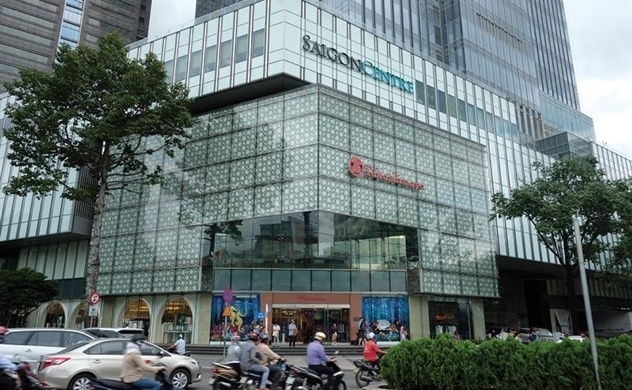
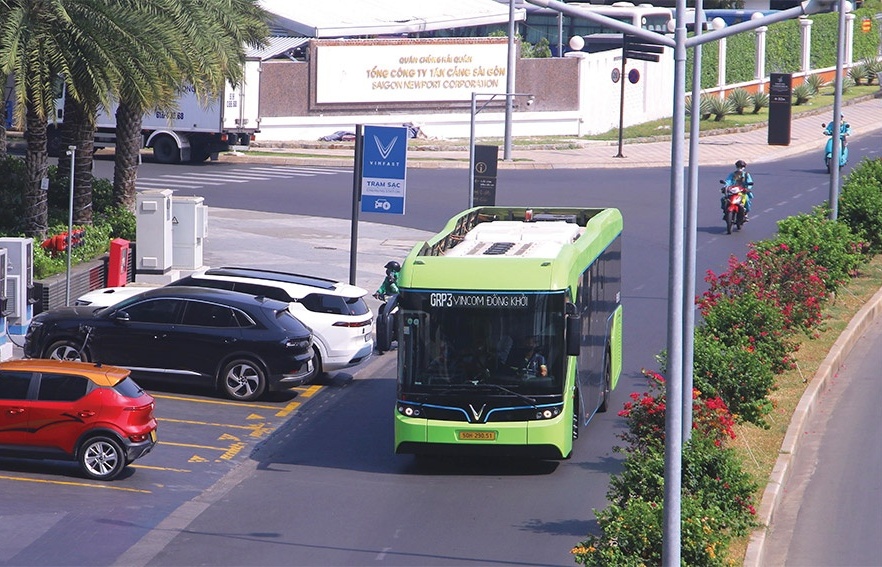
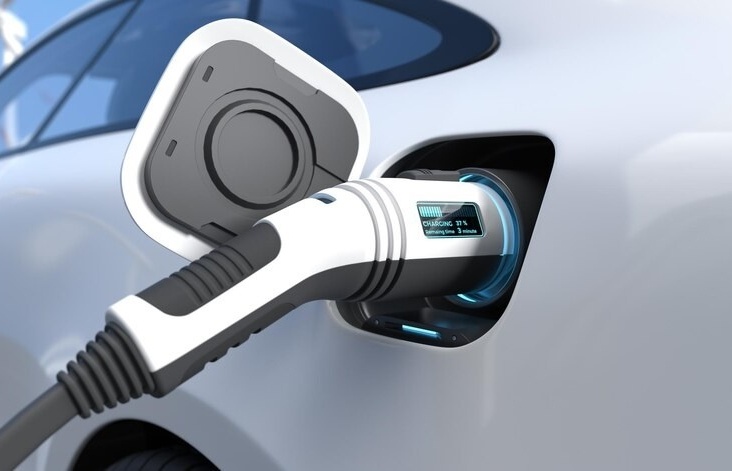
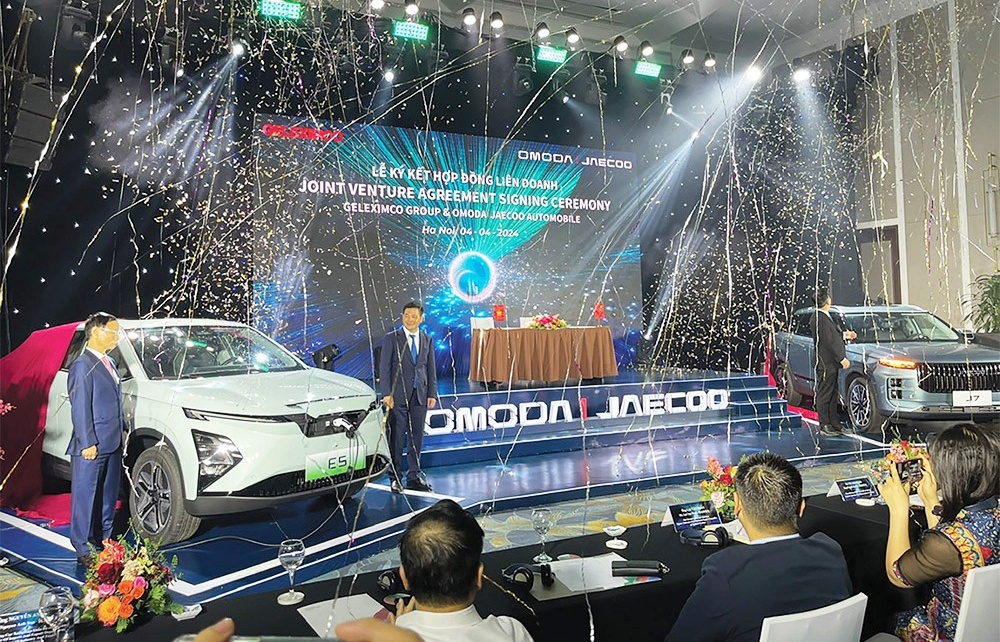
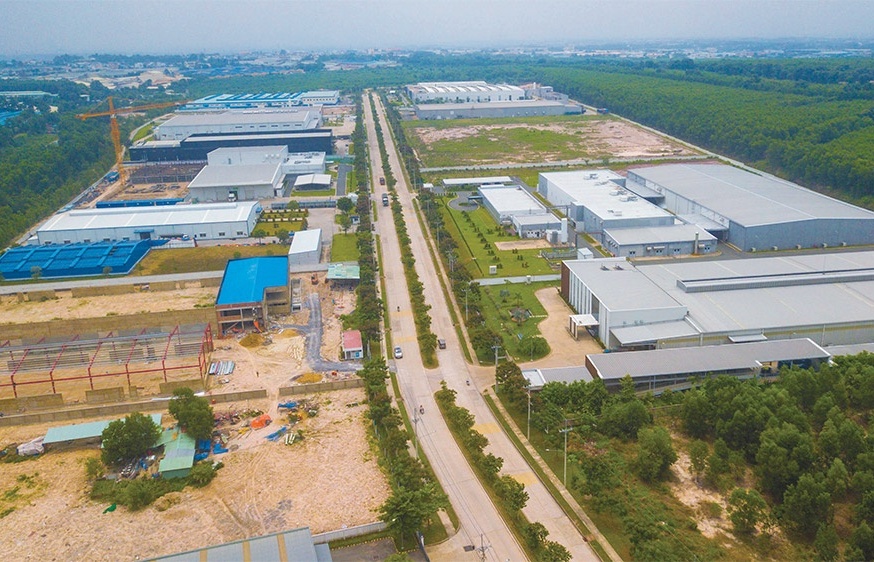
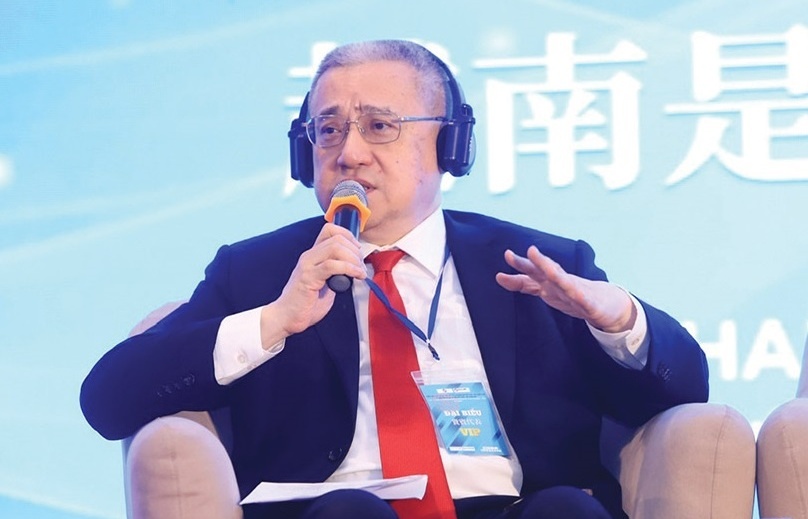


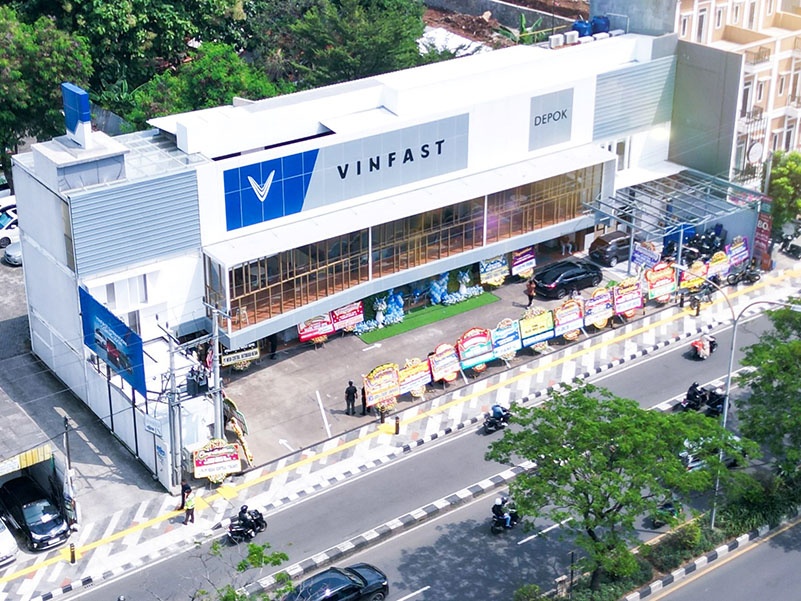
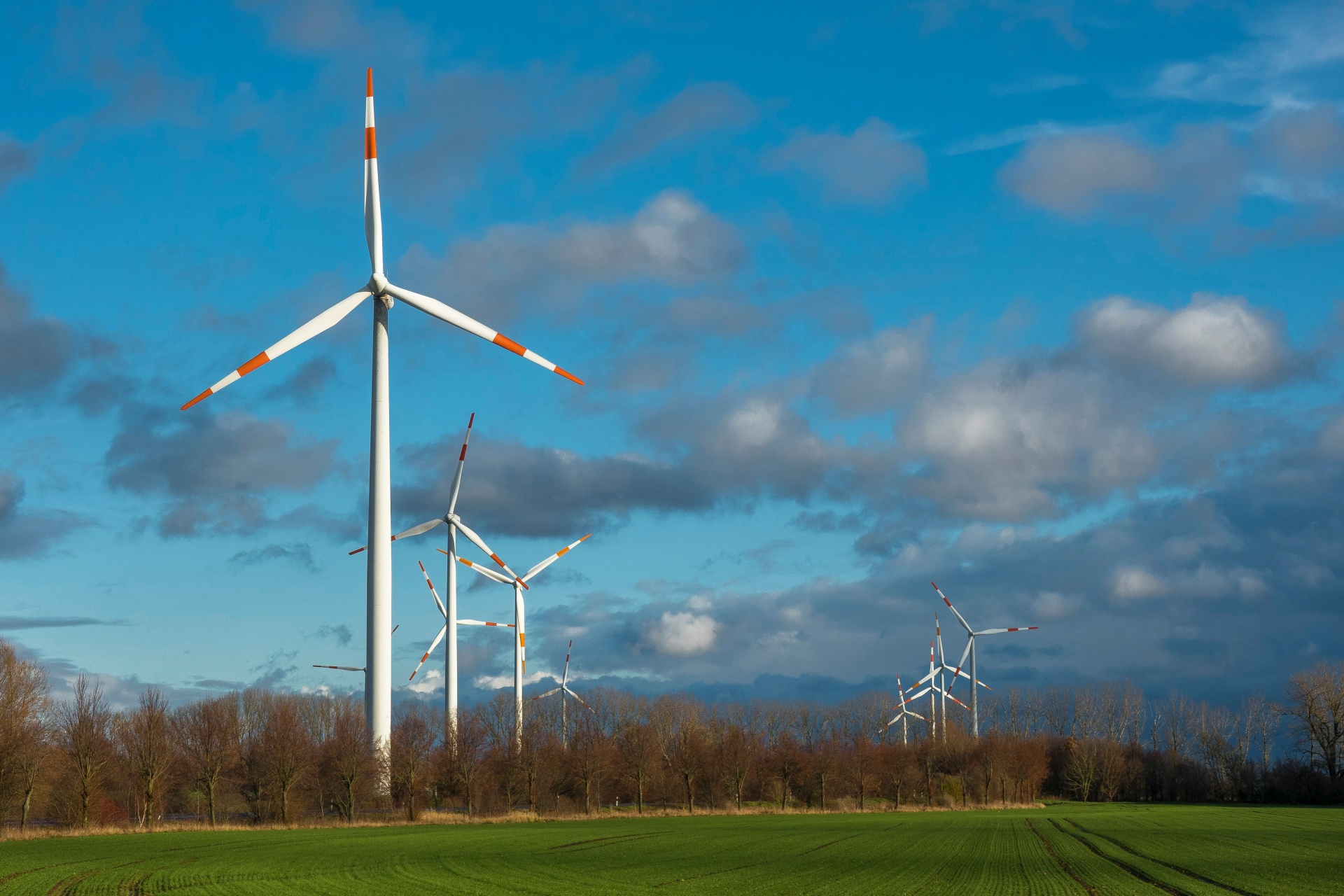




 Mobile Version
Mobile Version